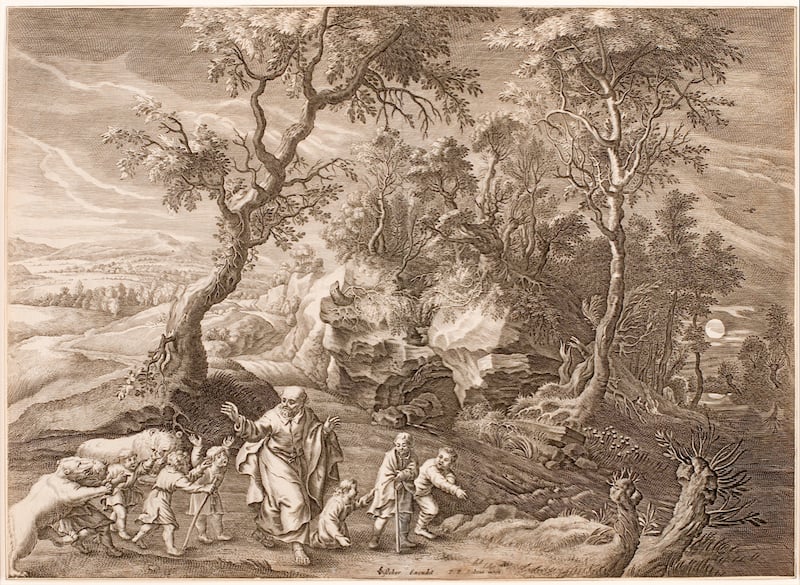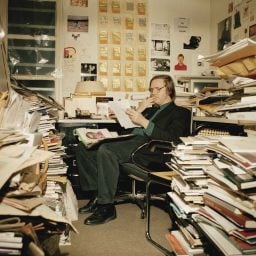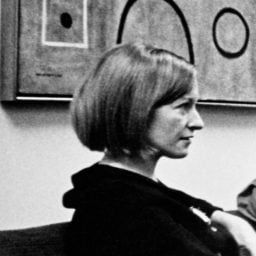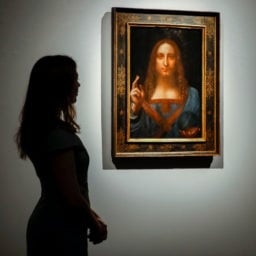Few art critics can afford to seriously collect art. And those that do don’t collect like Leo Steinberg did. The Russian-born writer, one of the most influential of his generation, amassed a trove of some 3,500 prints before his death, in 2011—a time when the medium was often overlooked, undervalued, and ripe for reassessment.
Steinberg’s contributions to art history wouldn’t have been the same without his hobby, argues a new exhibition at the Blanton Museum of Art in Austin, Texas. It’s through this conceit that the show, “After Michelangelo, Past Picasso: Leo Steinberg’s Library of Prints,” seeks to unpack the tricky legacy left behind by the era-hopping thinker, outsider academic, and iconoclastic critic with an artist’s eye.
Steinberg donated his extensive inventory of prints to the Blanton in 2002, and it’s from this collection that the show was culled. On view is a smattering of prints stretching from the Renaissance to the mid-20th century, including examples by Federico Barocci, Albrecht Dürer, Henri Matisse, and Chuck Close. The breadth is jarring, to be sure, but so were Steinberg’s interests.
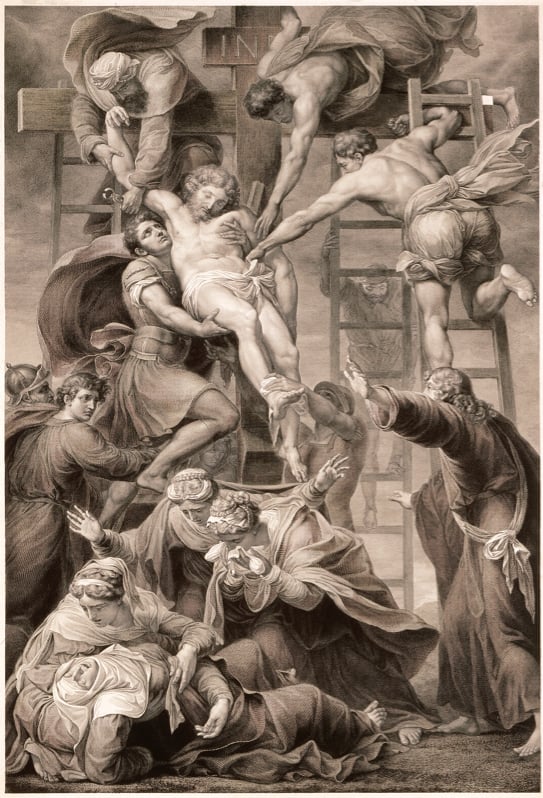
Paolo Toschi, Descent from the Cross after a painting by Daniele da Volterra (1843). Courtesy of the Blanton Museum of Art.
Steinberg moved to New York in 1945 and earned a living teaching art history and reviewing shows, quickly making a name for himself among the preeminent critics du jour. (Author Tom Wolfe would later dub him and fellow critics Harold Rosenberg and Clement Greenberg the “Kings of Cultureburg.”) But his purview was more expansive than his peers.
By the dawn of the 1960s, he received his PhD in renaissance studies. It was around this time, too, that Steinberg began to collect prints—the only type of art he could afford at the time.
“He did not start with a lot of money in the bank,” says Blanton curator Holly Borham, who organized the show. “[He would] poke around in frame shops and bookstores and print galleries in New York and what he found there was that you could buy really beautiful, original works of art for a few dollars a piece.”
What Steinberg realized at the time, which now seems obvious, was that, for centuries, prints provided a connective tissue around which the body of European art history could form. “He was prescient in understanding and describing the ‘circulating lifeblood of ideas’ in prints that we are now so used to with the internet,” Borham says. “He was drawing attention to this image revolution and charting some really specific chains of transmission early on.”
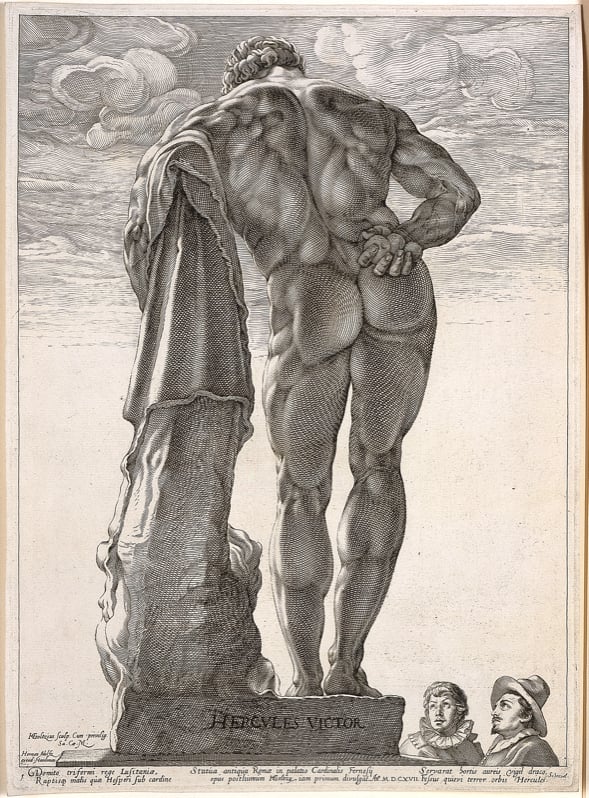
Hendrick Goltzius, The Farnese Hercules (c. 1591-92). Courtesy of the Blanton Museum of Art.
Steinberg’s interest in how prints enabled art’s evolution is evident in the show, which includes numerous examples of lesser-known Old Masters recreating or otherwise reinterpreting important works of art: There are several takes on Leonardo da Vinci’s The Last Supper, for instance, and Michelangelo’s The Last Judgment. Steinberg understood, the curator notes, that artists have always learned through copying what came before them.
Which is why, for all the Renaissance maestros and modern titans in the show, perhaps the most interesting artist included is Steinberg himself. Indeed, says Borham, that’s what most distinguished the critic from his peers: that he was trained, first, as an artist. It’s a foundation that shaped his entire relationship to art.
The exhibition opens with a handful of Steinberg’s unremarkable sketches and figure studies, an exercise he would practice throughout his life. “He was always drawing the human body and figure; he was fascinated by that,” says Borham, adding that “abstraction constituted but a “tiny portion” of what he collected.
And like his heroes, Steinberg was an enthusiastic copyist, sketching any work of art he studied. On this point, Borham recalls a famous quote from the man which perhaps best sums up his walk-the-walk approach to everything he did. It went something along the lines of: “I don’t trust a critic who can’t draw or dance.”
“After Michelangelo, Past Picasso: Leo Steinberg’s Library of Prints” is on view now through May 9 at the Blanton Museum of Art in Austin.
